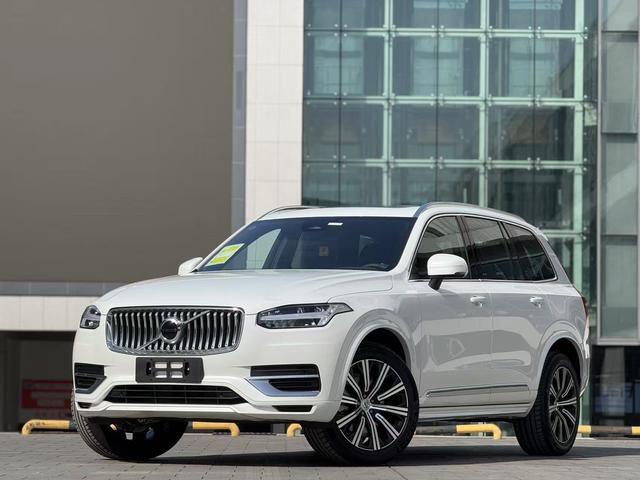electric vehicles types
Electric vehicles (EVs) have evolved into diverse categories, each serving specific transportation needs. Battery Electric Vehicles (BEVs) run entirely on electricity stored in high-capacity battery packs, offering zero direct emissions and silent operation. Plug-in Hybrid Electric Vehicles (PHEVs) combine both electric and conventional powertrains, providing flexibility with their dual power sources. Hybrid Electric Vehicles (HEVs) use regenerative braking and internal combustion engines to charge their batteries, requiring no external charging. Beyond passenger vehicles, electric buses and trucks are transforming public transportation and logistics. Modern EVs feature advanced technologies like regenerative braking systems, smart charging capabilities, and sophisticated battery management systems. These vehicles typically include touchscreen interfaces, smartphone connectivity, and over-the-air software updates. The driving range varies significantly, from around 150 miles for entry-level models to over 400 miles for premium vehicles. Charging options include Level 1 (standard household outlet), Level 2 (dedicated home charging station), and DC fast charging for rapid power replenishment. The integration of AI and IoT enables predictive maintenance, route optimization, and enhanced safety features, making electric vehicles increasingly intelligent and user-friendly.


